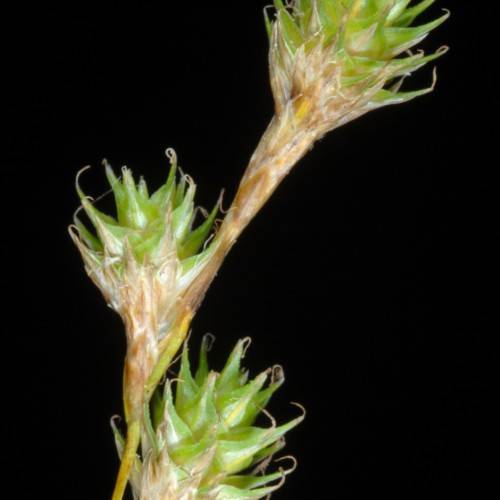
Fescue Sedge
Carex festucacea
Also Known As - Fescue Oval SedgeWatering:
Minimal
Hardiness Zone:
Flowers:
Flowers
Sun:
Sun, Partial Shade
Leaf:
Yes
Growth Rate:
Low
Drought Tolerant:
Yes
Salt Tolerant:
Yes
Care Level:
Medium
watering
When it comes to watering Western Inflated Sedge (Carex exsiccata), plants should be watered deeply and infrequently. Water should be applied until it fills the depression the plant leaves in the soil when touched with your finger. To prevent over-watering, allow the soil to dry between waterings. New plants should receive more frequent watering than older plants. As a general rule, water once a week in hot, dry weather and once every 2-3 weeks in cool, moist weather. In colder climates with cold winters and dry air, additional watering may be necessary.
sunlight
Western Inflated Sedge is best suited to partial sun, meaning it should receive between 4 to 6 hours of direct sunlight a day. This amount of direct sunlight should be spread out across the day, either in the morning or afternoon, and should not exceed 6 hours. Placing the plant in a space that receives 8 hours or more of direct sunlight a day may cause its leaves to become scorched. Western Inflated Sedge thrives in partial or indirect sunlight in the summer months, and more direct sunlight in the winter months when days are shorter. On days with extended periods of cloud cover, it’s advised that the plant should be given more consistent sunlight.
pruning
Western Inflated Sedge (Carex exsiccata) should be pruned in early spring or late winter, at the start of the new growing season. Pruning should be done to remove dead, diseased, and overcrowded stems as well as to thin out for better air circulation. Avoid pruning more than 1/3 of the stems as this can be too harsh. Pruning can take place several times in 1 season if needed, but be mindful of how much is being taken away.
